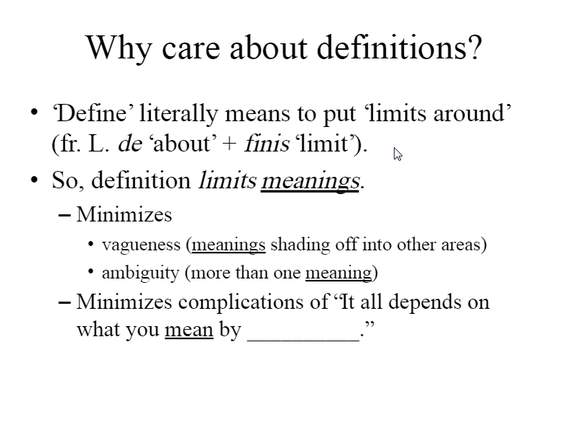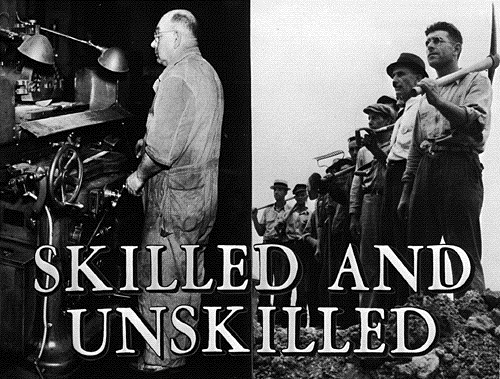The word “unorganized sector” is uniquely Indian creation. In other countries the word used is “Informal”.Unorganized sector is a omnibus term that is used to refer to a worker who does all types of work such as paid, unpaid, temporary, permanent across different sectors such as manufacturing, services, agriculture in a workplaces for example factories and home, on the streets in the fields, and under a variety of work relationships such as contract employees, self-employed and own account according to Jhabvala. The Unorganized sector is spread across different trades and professions. . The increase in employment share in unorganized sector after liberalization can be attributed to two factors.
Ambiguity in the Interpretation of definition:

Unlike developed countries very small fraction of the people in the unorganized sector make a transition to organized sector in India. Indian Economy was largely dependent on agriculture until the reforms were introduced in early 90’s. The conversion of work to labor is incomplete, for instance the artisans or farmers who earn their livelihood by selling labor to the farmers were never able to establish a formal employer employee relationship with farmers. The labor laws or schemes from the state were only applicable to 12% percent of the labor force at any point of time who were employed by Large Private and Public enterprises or in other words in organized sector.
Globalization has had significant impact on the Indian economy and Labor market. The Bigger Organizations preferred to employ Contract workers than to continue Employee employer relationship. As a result only small minority of workers remained as employees and remaining people was outside the definition organized sector. This has partly played a role in increase in the number of people who fall under the category of unorganized sector.
Skill Deficiencies:
India is interesting country where paradoxes exist together such as most modern alongside traditional. The large scale alongside small scale, for example a work is performed in most mechanized way along with traditional means. At times they serve the same market. India has been undergoing a lot of changes in the last two decades under these constantly changing circumstances, performing a task in traditional means is becoming less desirable and multiple skills is the requirement of the day in many professions and trades. The workforce is missing significant number opportunities due to lack of required know-how and skill sets which in the other case would have brought down the figure of the people who are employed in the unorganized sector after liberalization

The Informal sector is mainly out of government control, because the stake holders in it tend to avoid regulation and taxation. All in all, Size of population distribution in Unorganized sector, Lack of statistics, The definition ambiguity, Skills Deficiency, and lack of framework and Welfare schemes from the state all the factors failed to reduce the number of people employed in unorganized sector preventing its transition to organized sector after Liberalization.
This is a very complete article
Downvoting a post can decrease pending rewards and make it less visible. Common reasons:
Submit